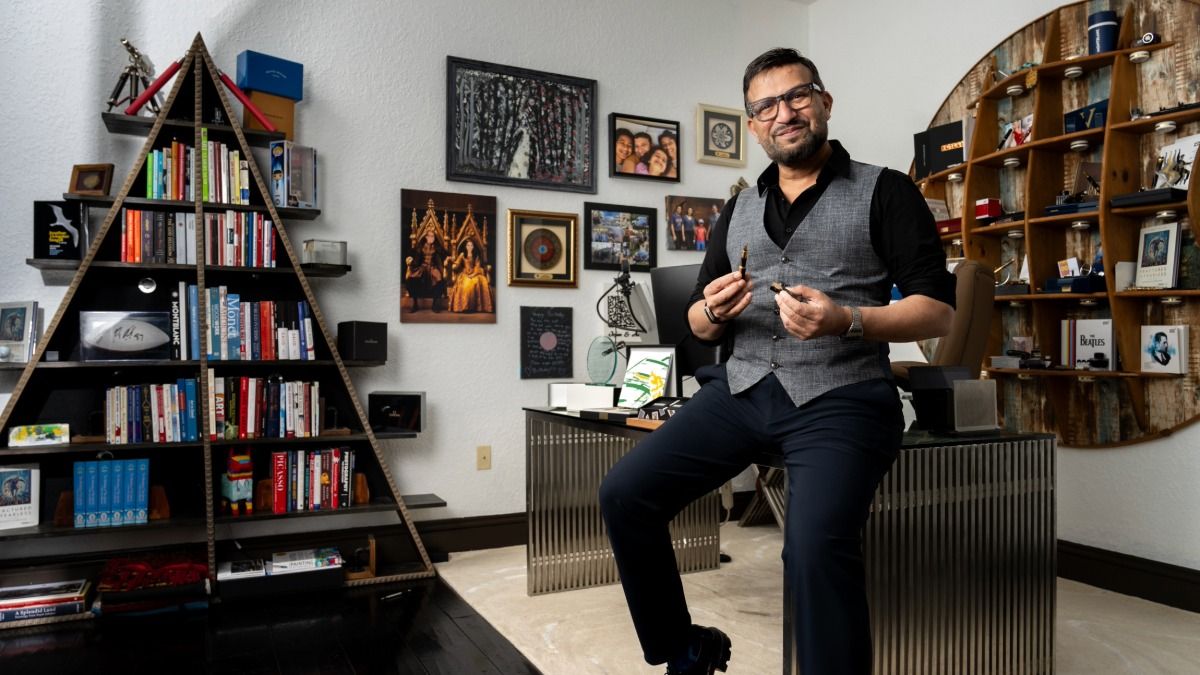James, a seasoned chief executive officer, had built and grown his company through the ups and downs of the market to generate over $200 million in revenue. He was the go-to person for business insights and strategic planning for his team and for colleagues in the industry. However, behind the polished facade was a man silently suffering from the pressure of his expanding organization. Sleepless nights, constant stress and the relentless pursuit of growth to keep the shareholders satisfied were taking a toll on his mental and physical health. It wasn’t until James found himself in a hospital, after another week of cross-country flights, that he realized the importance of prioritizing his well-being.
James’s story is not unique. Many CEOs and founders face similar struggles, often feeling isolated in their roles. The pressure to lead, innovate and achieve ambitious goals can lead to burnout, anxiety and a host of other mental health issues. But it doesn’t have to be this way. By integrating intentional breaks, and support, into their lifestyle routines, leaders can maintain their well-being while effectively growing their organizations. Here are three actionable steps CEOs and founders can take to prevent burnout, create a sustainable lifestyle and meet or exceed business goals.
1. Prioritize Self-Care and Set Boundaries
One of the most crucial steps in maintaining mental health is prioritizing self-care. This involves setting clear boundaries between work and personal time to recharge. CEOs often feel compelled to be “on” 24/7, but this is neither sustainable nor healthy. Based on your personality, work and family dynamics, you can create a fixed work schedule with non-negotiable personal time or a flexible work schedule with an abundance of recharge time.
Action Step: Designate “non-negotiable” personal time each day, week, month, quarter and year. Schedule your daily workout and quiet reflection routines, weekly massage and coaching sessions, quarterly retreats and annual family vacations. The objective is not to stop and retreat from the world, but to identify activities outside of work that spark your imagination, give you a physical and mental boost and make you feel engaged and excited about the business you are building and the life you are leading. Encourage your team to do the same to optimize overall performance and organizational growth.
2. Delegate and Empower Your Team
As a leader, it’s easy to fall into the trap of micromanaging, feeling that everything must go through you, especially if you are the founder. However, this only increases your stress and stifles your company’s growth and resilience. Learning to delegate effectively is key to reducing your workload and empowering your team members. As a founder and CEO, your objective is to create a business that runs as well as or better without you at the operating level, so you can move up to the next level and position yourself for a successful exit.
Action Step: Identify tasks you are still holding on to that can be performed as well as or better by your team. Provide clear instructions, necessary resources and empower your team to execute. Then step back and allow them to take ownership. Allow for a sufficient hand-off period, with regular reviews, redundancies to catch mistakes and adjustments to ensure the right processes are in place. This lightens your load and fosters a culture of trust, collaboration and accountability.
3. Foster Communication and Support
Creating a personal environment where mental health is acknowledged and supported is important, especially for CEOs who often need to project unwavering strength and certainty. This can lead to isolation and unhealthy coping routines. Sharing your struggles, in the right settings, can reduce the stress of keeping it all in, offer a safe place to process issues and turn them into opportunities.
Action Steps: Join a leaders-peer support group based on your level, like CEO Council, Vistage, YPO or TIGER21 to share experiences and identify solutions in a confidential setting with other individuals in a similar walk of life. You can also engage a coach or consultant if you prefer one-on-one support. Explore mindfulness practices such as meditation, yoga or deep-breathing exercises to help manage stress on the spot and as a part of an ongoing routine. Apps like Headspace or Calm can provide guided sessions if you’re new to these practices.
Consider bringing in mental health or mindset professionals, breathwork or meditation experts and life coaches to support and provide stress management tools for your team. Implement regular check-ins focused on well-being, not just performance. The mental health of the entire organization, from top to bottom, is important for sustainable growth and resilience.
Conclusion: Leading with Well-Being
The role of a CEO or founder comes with immense pressure and responsibility, but it should not come at the expense of your mental and physical health. You can maintain your well-being while pursuing ambitious business goals by prioritizing self-care, delegating effectively and incorporating appropriate support and mindfulness into your lifestyle.
James’s story is a powerful reminder that even the most successful leaders are not immune to the pressures of their roles. By taking proactive steps to care for your mental health, you can lead more effectively, make better decisions and inspire your team to do the same.
Remember, a healthy CEO is an effective leader who can sustainably navigate through market ups and downs, grow a successful organization and inspire a strong team.
Vera Anderson is an international legacy mindset consultant and a TIGER21 chair. She works with the global business elite to reach their full potential in every area of life and create an impactful legacy. For a consultation, email [email protected].













